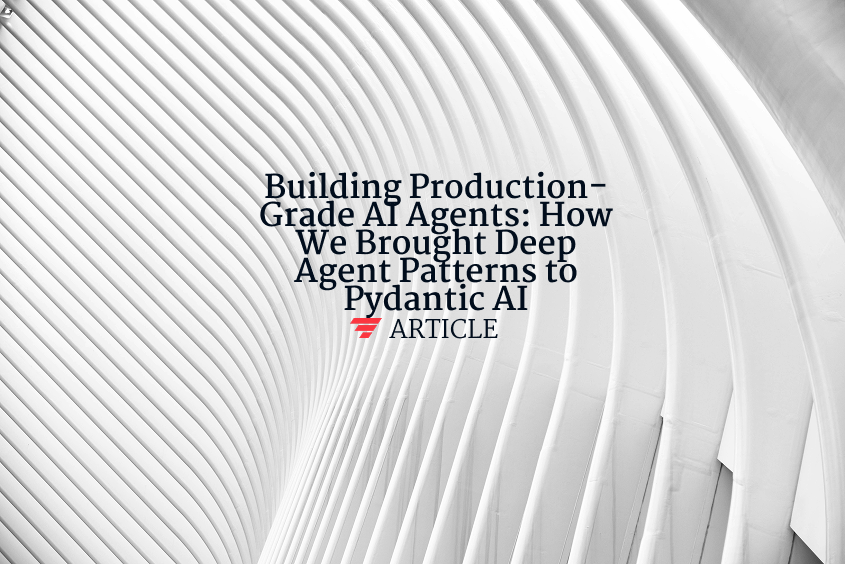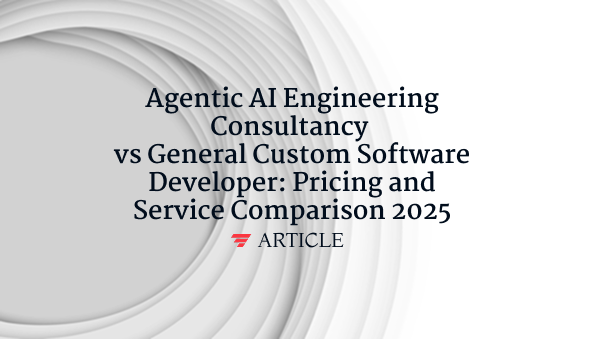Encoder-Decoder Model
Encoder-Decoder Model is a neural network architecture that processes input sequences through an encoder component that compresses information into fixed-size representations, then generates output sequences through a decoder component that reconstructs or translates the encoded information. This two-stage design enables sequence-to-sequence learning where input and output lengths can differ significantly, making it ideal for tasks like machine translation, text summarization, and speech recognition. The encoder transforms variable-length input sequences into context-rich vector representations, while the decoder generates target sequences by conditioning on the encoded representations and previously generated tokens. Modern encoder-decoder implementations incorporate attention mechanisms that allow decoders to focus on relevant encoder states during generation, improving translation quality and handling long sequences effectively. Advanced variants include transformer-based encoders and decoders that leverage self-attention for superior performance across diverse language processing applications.
Want to learn how these AI concepts work in practice?
Understanding AI is one thing. Explore how we apply these AI principles to build scalable, agentic workflows that deliver real ROI and value for organizations.




